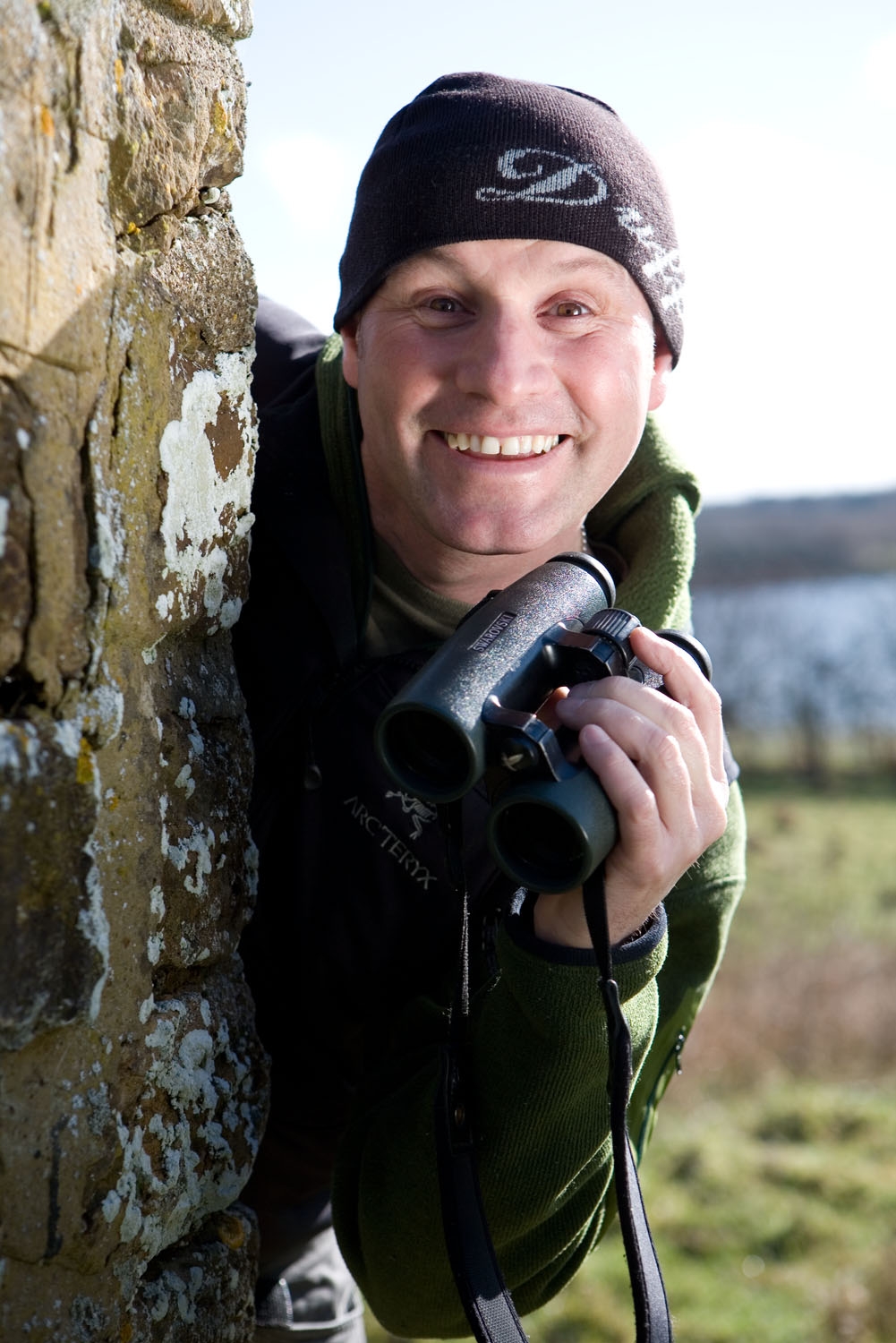There can be few finer examples of the natural world’s ability to transform a landscape than the one that unfolds in South Africa’s Namaqualand in August and September, says Mike Dilger.
- 10 desert plants - meet the species that thrive in extreme conditions
- What’s the hottest place on Earth? And where's the biggest desert?
Here, a strip of semi-arid desert that runs along the country’s north-west corner transforms from a dusty, dry and barren land into the botanical equivalent of an explosion in a paint factory.
Namaqualand flowers
Triggered by winter rains and cooler spring temperatures, swathes of bright orange, yellow, pink and white flowers suddenly appear – almost overnight – to carpet the terrain as far as the eye can see. And like all the best wild spectacles, the display is also ephemeral by nature, with the ensuing hot, dry summer usually putting an end to the flower show by the first week of October.
It’s enchanting to anyone, but botanists in particular have long been enthralled by the region’s floristic diversity. More than 3,800 different plants have been recorded here, 28 per cent of which bloom nowhere else in the world. Such species richness is a product of both the climate and the region’s varied topography of fertile valleys alongside mountain ranges and arid plains.
Mixed in among swathes of annuals are a variety of geophytes (perennials with underground water and nutrient-storing organs, such as bulbs) are dwarf shrubs and succulents. All these plants have different survival strategies.

The annuals, such as the famed Namaqualand daisy, squeeze all of their growing, flowering and setting of seed between late winter and the end of spring. They make up for these short life-cycles by producing prolific amounts of seed, which, once set into the surrounding soil, remains dormant for some time.
Only a proportion germinates after the first good shower, which is the plant’s insurance policy in case conditions suddenly turn unfavourable for the sprouting seedlings. Studies of the Namaqualand flora have indicated that a single square metre of soil may contain as many as 40,000 seeds.
The geophytes, by contrast, lie quietly below the baked-hard soil as bulbs, corms or tubers before erupting into a feast of colourful petals. One hotspot to see these flowers is Nieuwoudtville, where many plants familiar to British gardeners, such as members of the lily, amaryllis, iris and orchid families, earn the town its accolade of ‘bulb capital of the world’.

While there are few trees, with quiver trees the notable exception, dwarf shrubs are a common feature of the landscape, bearing small or succulent leaves to minimise water loss through transpiration.
And water conservation is order of the day for the celebrated vygies of Namaqualand. Belonging to the Aizoaceae or fig-marigold family, this specialised cadre of plants is characterised by fleshy stems and/or leaves that become swollen following the rains. ‘Bokbaai Vygie’, or the Livingstone daisy, is considered one of South Africa’s most famous wildlife exports.
There can be an element of luck to witnessing the desert in bloom, with the quality of each year’s display highly dependent on both the amount of rain and when it falls. Late winter and spring temperatures also play a part, because if it is too warm too early, visitors will have far less time to enjoy the blooms in their prime.
When is the best time to see Namaqualand flowers?

As a general rule, the flowers begin appearing in late July to early August in the Northern Cape, before advancing southwards through Nieuwoudtville and the Cederberg region, with the west coast considered best by the end of the month. Also, flower-viewing as you head south ensures that the sun is at your back and the flowers are facing you.
- Do plants get sunburn? Or are they able to protect themselves against harmful UV rays?
- Weirdest plants in the world: Discover some of the planet's wackiest flora
The blooms tend to be at their best from mid-morning to mid-afternoon, so you don’t need to rush to get out early. You might also want to find something else to keep you occupied on heavily overcast or rainy days, as these ‘fair-weather’ flowers prefer to keep their heads down during bad weather.
Large sections of Namaqualand are still heavily grazed by cattle and have been largely stripped of their floral interest. However, road verges are usually protected by fencing and as a result can produce some of the best flower displays.
Don't miss the pebble plants. Looking more like stones for most of the year, hence their name, these specialised succulents burst into flower following the rains. They tend to have two fused leaves above ground that are extremely efficient at storing water.
Where are the best places to see Namaqualand flowers?

Located within Namaqua National Park and featuring plants from the Arctotis, Dimorphotheca and Osteospermum families
Richtersveld Cultural and Botanical Landscape
On the border with Namibia, this is a great place to start your wildflower quest and promises succulents, including plants from the Aloe family
Positioned just east of Springbok, this botanical hotspot features granite koppies, quiver trees and open plains
NIeuwoudtville Wildflower Reserve
Situated east of the town and high up on the Bokkeveld Plateau, this protected area contains a fine selection of bulbs
Found just inland of Saldanha Bay, this outpost represents your last chance for a flower fix before the season ends
Last but not least, while getting out of the car to enjoy the blooms is positively encouraged, either treading on or picking them is most definitely not!
